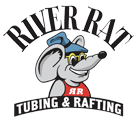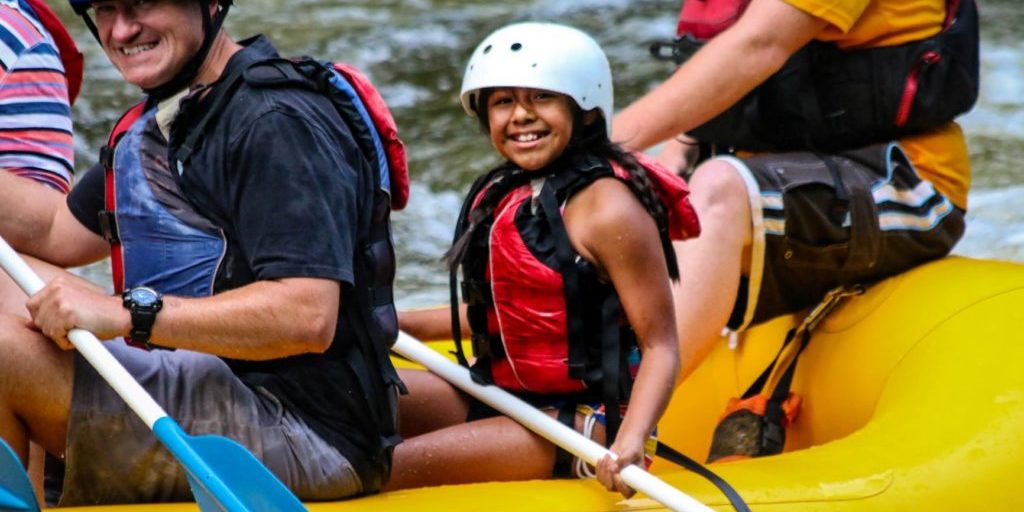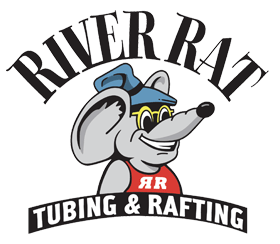Whitewater rafting is an awesome summertime activity to do with friends and family. You get to stay cool, all while enjoying the outdoors in a heart-pounding, adrenaline-pumping fashion! While this may seem like an activity for more experienced aquateers, it’s quite fun and safe for children as young as three years old. No matter what experience level you are, there are rafting adventures that are perfect for your skill and comfort zone. For many rafters, an occasional trip during the warm summer months will be their only experience on the white rapids. But as more regular rafters gain more experience, a different level of familiarity and terminology will begin to develop. Whether you’re a regular rafter, or an occasional visitor, being abreast on your rafting terminology can increase both your experience and safety level. Below, we have compiled a list of some of the most common rafting terms that you may hear from your guide or fellow rafters.
Pool-drop: This term is used when a rafter is coming out of a rapid and “drops” into a calmer pool area before the next set of rapids. These pool-drops are important because they give rafters a chance to recover and catch their balance before the next rapids.
Eddy: An eddy is caused by a rock or other obstruction forcing water back upstream. These eddies provide a calm spot in the river to rest and resituate.
Belay: Belaying is a rope-tying technique. A line is wrapped around a rock or tree to avoid slippage. A belayed line allows one person to hold a line under tremendous stress.
Boulder Garden: While on the river, you may hear your guide refer to an upcoming set of rapids as a boulder garden. This means that the rapid is full of rocks — sometimes brought about by low water levels — and needs to be carefully navigated.
Wild Thing: This is one of the more unusual rafting terms, but one of the most entertaining should you ever encounter a scenario where your guide might yell it out. A command of “wild things!” could be called out if your raft bottomed out on a rock and became stuck. In this case, the wild thing call would have everyone in the boat up and jumping around like monkeys to help free the raft!
Haystack: Haystacks are big standing waves that are breaking upstream. Haystacks can commonly occur in a series and vary in size and strength. They are generally mild in terms of rider-difficulty and are much like riding in a roller coaster!
No matter where you choose to do your whitewater rafting; whether it’s with us in the Smokies, or in Central America, most of these terms are universal and will help you communicate with your guide and fellow rafters. So take some time to brush up on your terminology, and come visit us at River Rat during our rafting season!











